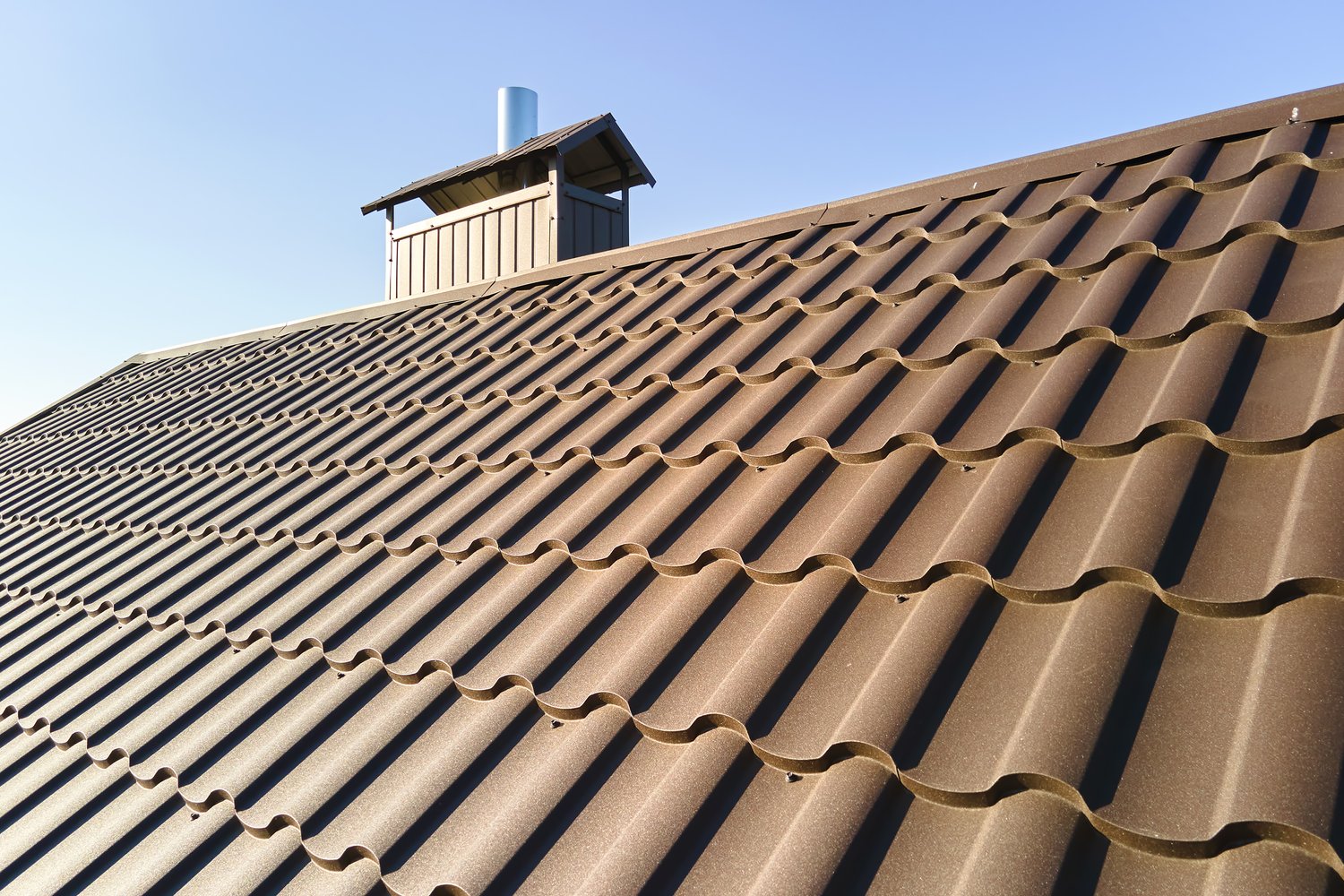Your home’s roof does more than just keep the elements out—it forms a complex system that requires proper ventilation to function efficiently. Roof ventilation plays a crucial role in maintaining the structural integrity of your home while also impacting energy costs and indoor comfort. Without adequate airflow in your attic space, heat and moisture can accumulate, leading to a host of problems from mold growth to premature roof deterioration. This article explores the importance of proper roof ventilation, the different types of attic ventilation systems available, and how to calculate the right amount of ventilation for your specific home.
Understanding Roof Ventilation Fundamentals
Roof ventilation is a system that allows air to circulate through your attic space, creating a continuous flow that removes excess heat and moisture. This airflow is created through a balanced system of intake and exhaust vents strategically placed throughout the roof structure. The importance of roof ventilation benefits cannot be overstated—it affects everything from the longevity of your roofing materials to your home’s energy efficiency and the health of your indoor environment.
During summer months, proper attic ventilation prevents heat buildup that can reach temperatures of 150°F or higher in poorly ventilated spaces. This extreme heat can transfer to your living areas, forcing your air conditioning system to work harder and consume more energy. In winter, ventilation helps remove moisture that rises from the living spaces below, preventing condensation that can lead to mold growth, wood rot, and insulation damage.
Perhaps most importantly, proper ventilation extends the lifespan of your roof by maintaining consistent temperatures across the roof deck. Without it, uneven temperatures can cause expansion and contraction that stresses roofing materials, leading to premature aging and failure.
Common Types of Attic Ventilation
Understanding the various attic ventilation types is essential for homeowners looking to optimize their roof’s performance. Each type has specific advantages and applications depending on your roof’s design and local climate conditions.
Soffit vents are installed under the eaves of your roof and serve as intake vents, allowing fresh, cooler air to enter the attic space. These vents work in conjunction with higher exhaust vents to create the desired airflow pattern. Soffit vents come in several forms, including continuous (running the length of the eave) and individual (placed at intervals).
Ridge vents sit at the peak of the roof and serve as exhaust points, allowing hot air and moisture to escape. These are among the most efficient ventilation options because they utilize the natural tendency of hot air to rise and create a continuous airflow path when paired with soffit vents. Modern ridge vents are designed to blend with the roofline while protecting against weather infiltration.
Gable vents are installed on the exterior wall of an attic, typically in the gable end of the house. While historically common, these are now often used as supplementary ventilation rather than the primary system, as they don’t always provide optimal airflow throughout the entire attic space.
Roof turbines, often called whirlybirds, use wind power to create suction that pulls hot air and moisture out of the attic. Even in light breezes, these spinning vents can be effective exhaust mechanisms, though they may be less aesthetically pleasing than other options.
Power vents use electricity to force air out of the attic and can be thermostatically controlled to operate only when needed. While effective, especially in areas with limited natural airflow, they add to energy consumption and require proper installation to prevent short-cycling of air. As AskHomey experts often advise, these should be installed by professionals to ensure they don’t interfere with other home systems.
Calculating Proper Attic Venting Requirements
A proper attic venting calculation is vital to ensure your ventilation system provides adequate airflow without overventilating your space. The general rule followed by most building codes is the 1:300 ratio, meaning you need 1 square foot of net free vent area for every 300 square feet of attic floor space.
If your attic has a vapor barrier installed, this ratio can be adjusted to 1:150, recognizing the increased need for ventilation in more tightly sealed spaces. When calculating, remember that the net free vent area is not the same as the total vent size—manufacturers typically provide this information, which accounts for the actual opening size minus any obstructions like screens or louvers.
For balanced ventilation, aim for equal intake and exhaust capacity. This typically means half of your ventilation should be at the soffit level (intake) and half at or near the ridge (exhaust). Imbalanced systems can create pressure issues that reduce effectiveness or even draw conditioned air from your living space into the attic.
The Long-Term Benefits of Proper Ventilation
Investing in proper roof ventilation delivers significant returns through reduced energy costs, extended roof lifespan, and decreased maintenance expenses. A well-ventilated attic can lower cooling costs by up to 15% in hot climates by reducing the heat transfer to living spaces.
Beyond energy savings, proper ventilation protects your investment in roofing materials. Asphalt shingles, the most common residential roofing material, can have their lifespan reduced by up to 50% when subjected to excessive heat. Manufacturers may even void warranties if proper ventilation isn’t maintained.
Additionally, controlling moisture through ventilation prevents costly structural damage to rafters, sheathing, and other wooden components. It also preserves insulation effectiveness, as wet insulation loses much of its R-value and can become a breeding ground for mold and mildew that affect indoor air quality.
For more tips and to connect with reliable home service professionals, follow AskHomey on Facebook and Instagram.



